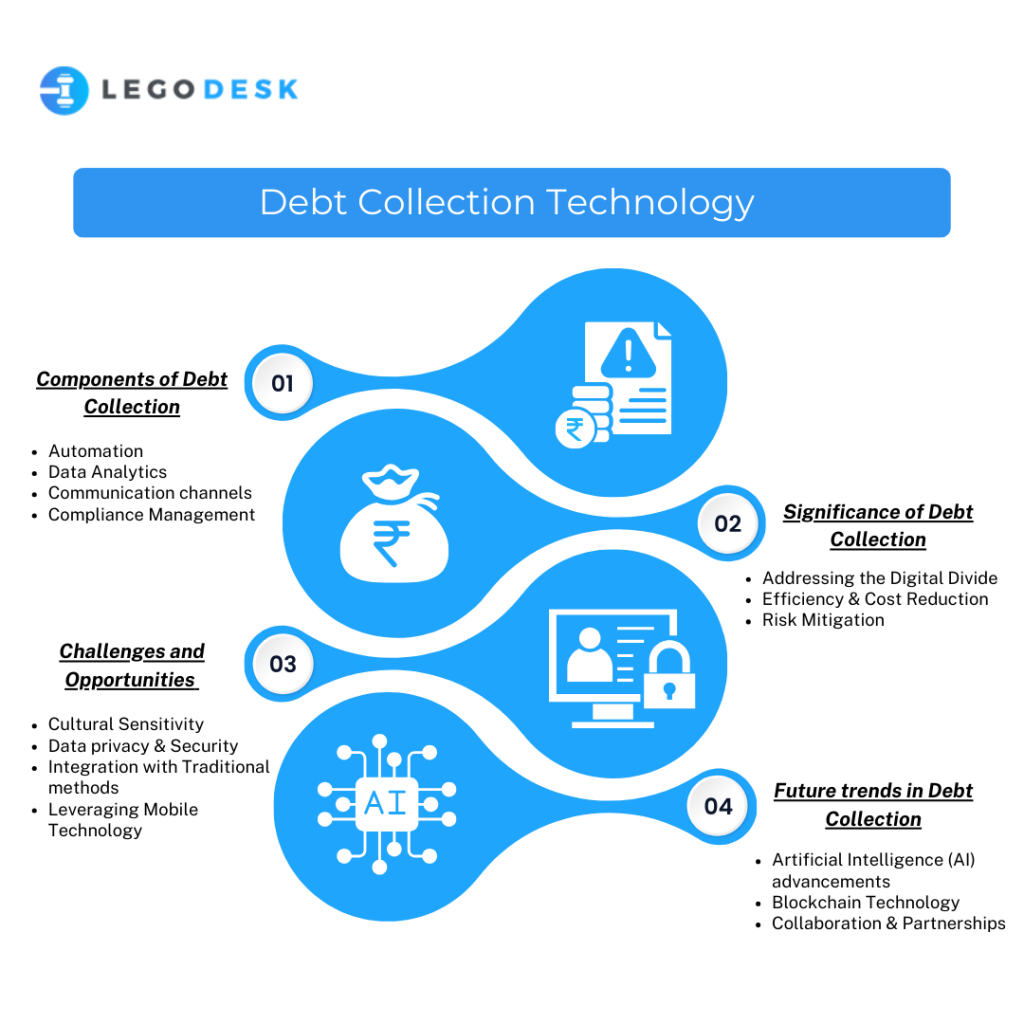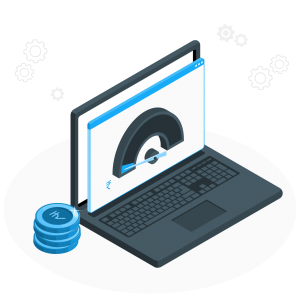Everything About Debt Collection Technology
The traditional image of debt collection might conjure up scenes of relentless phone calls and impersonal letters. However, a quiet revolution is underway, driven by innovative advancements in Debt Collection Technology (DCT). This isn’t just about efficiency; it’s about harnessing data-driven insights, personalized communication, and cutting-edge tools to revolutionize the entire process. DCT offers compelling benefits for both businesses seeking efficient solutions and individuals navigating debt management. Join us as we delve into the intricacies of this evolving field, exploring its workings, advantages, and impact on both creditors and debtors. Prepare to be surprised by how technology is reshaping the future of debt collection, fostering a more nuanced and effective approach.
Understanding Debt Collection Technology
Debt collection technology constitutes an array of tools and software meticulously crafted to streamline the debt recovery process. Leveraging automation, data analytics, and advanced communication channels, these technologies aim to enhance efficiency and alleviate the traditionally labor-intensive aspects of debt collection.
Key Components of Debt Collection

a. Automation:
The incorporation of automated communication systems involves utilizing automated calls, emails, and SMS to establish contact with debtors. Workflow automation plays a pivotal role in streamlining debt recovery by automating tasks such as invoice generation, reminders, and follow-ups.
b. Data Analytics:
Utilizing predictive analytics involves drawing insights from historical data to predict debtor behavior and assess the likelihood of repayment. Risk assessment, another critical component, involves evaluating the creditworthiness of debtors to optimize collection strategies.
c. Communication Channels:
Embracing multichannel communication involves engaging debtors through various platforms, including phone calls, emails, and text messages. The integration of AI-powered chatbots facilitates interactive communication and aids in preliminary debt resolution.
d. Compliance Management:
Ensuring adherence to legal and regulatory requirements is paramount in the debt collection process. Proper management of documentation and record-keeping is imperative to meet compliance standards.

Significance of Debt Collection Technology in India:
a. Addressing the Digital Divide:
Debt collection technology serves as a bridge between urban and rural areas, leveraging its capabilities to facilitate debt collection in diverse regions. Its utilization in remote areas through digital channels contributes to expanding financial inclusion.
b. Efficiency and Cost Reduction:
By streamlining operations and reducing manual effort, debt collection technology enhances operational efficiency and reduces costs. The automation of processes contributes to the expeditious recovery of debts.
c. Risk Mitigation:
Robust risk assessment tools aid in minimizing the chances of default, while data analytics helps identify potential red flags in debtor behavior, contributing to effective risk mitigation.
Challenges and Opportunities in the Indian Landscape
a. Cultural Sensitivity:
Adapting collection strategies to align with cultural norms and sensitivities is crucial in diverse regions. Acknowledging and respecting cultural nuances is essential for successful debt recovery.
b. Data Privacy and Security:
Addressing concerns related to data privacy and security is imperative, ensuring strict compliance with Indian regulations. Implementing robust cybersecurity measures is vital for maintaining the integrity of debt collection processes.
c. Integration with Traditional Methods:
Harmonizing technology with traditional debt collection methods is essential to accommodate the diverse demographic in India. Striking a balance between modern technologies and conventional approaches is key to comprehensive debt recovery.
d. Leveraging Mobile Technology:
Capitalizing on the widespread use of smartphones in India enhances communication and engagement. Integrating mobile technology into debt collection strategies caters to the preferences and habits of the population.
Future Trends in Debt Collection Technology in India
a. Artificial Intelligence (AI) Advancements:
The integration of AI in debt collection technology is poised to advance debtor profiling and communication strategies. AI-driven predictive analytics will further enhance decision-making in debt recovery processes.
b. Blockchain Technology:
Exploring blockchain for secure and transparent debt transactions represents a futuristic trend. Smart contracts, enabled by blockchain, can automate and self-execute debt agreements, ensuring transparency and efficiency.
c. Collaboration and Partnerships:
Anticipated increased collaboration between financial institutions, technology providers, and regulatory bodies aims to establish standardized debt collection practices. A collaborative approach can lead to the development of a cohesive and effective framework.
Conclusion
Technology is reshaping the debt recovery landscape in India, offering a potent combination of efficiency, compliance, and adaptability. As the financial ecosystem continues to evolve, the integration of advanced technologies will play a pivotal role in optimizing debt collection processes, fostering a more inclusive and sustainable credit environment in the country.
The careful consideration of challenges and opportunities, coupled with an eye on future trends, ensures a comprehensive understanding of the multifaceted realm of debt collection technology in India.
Try our Debt Resolution solutions today Request a Demo
